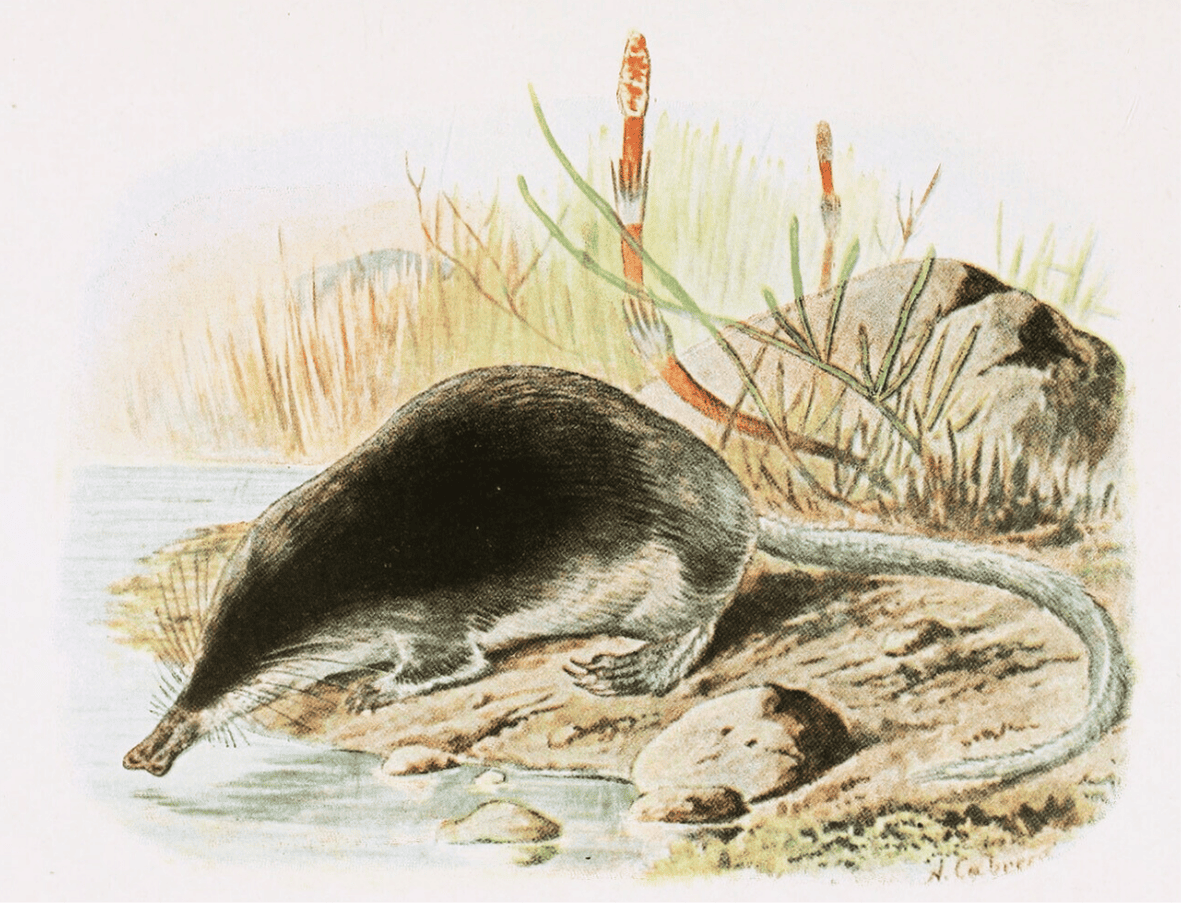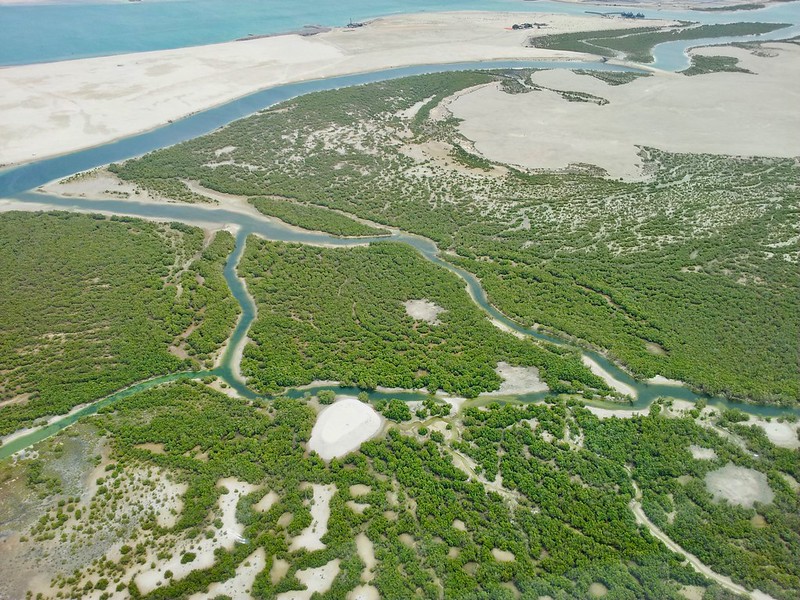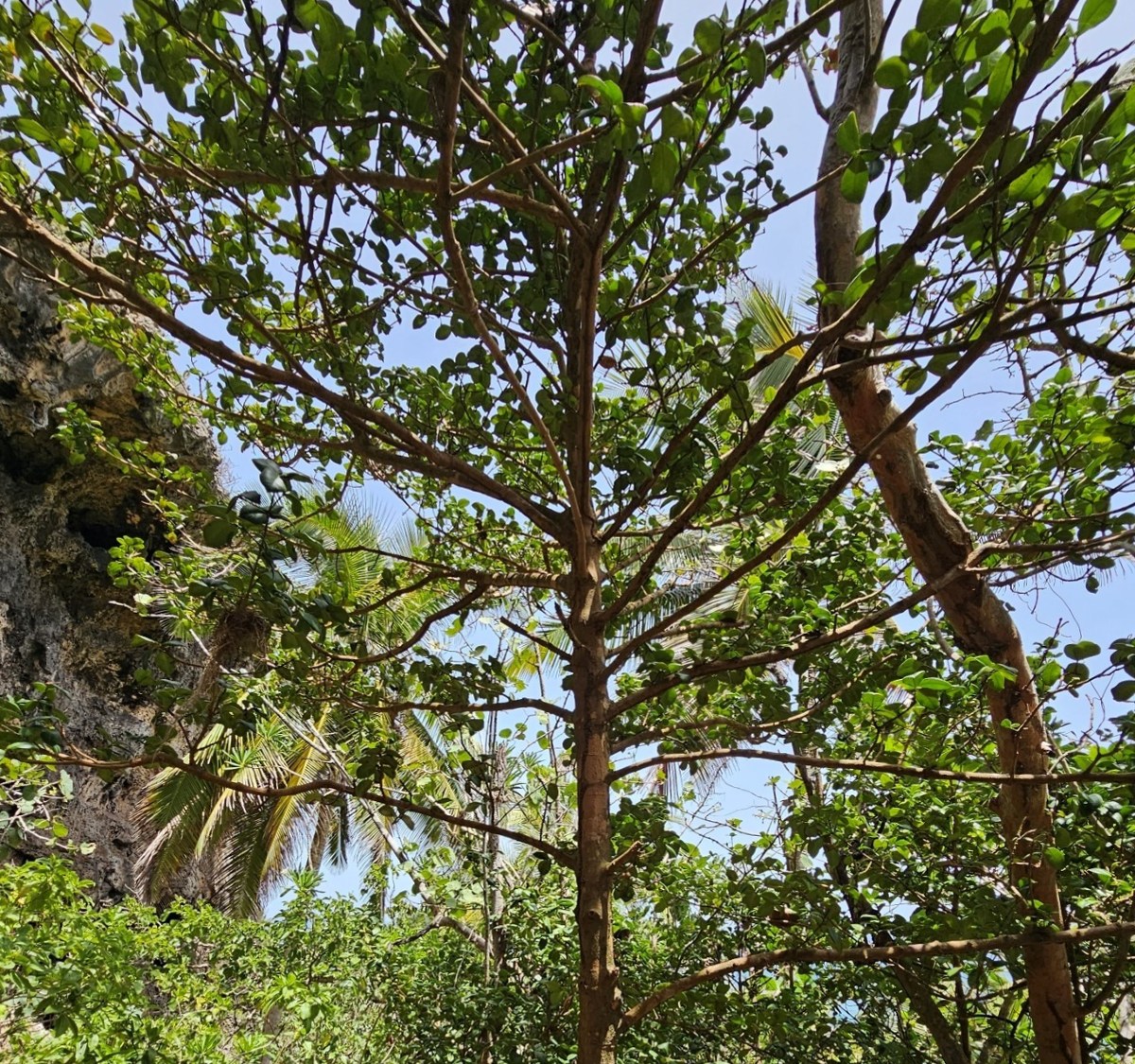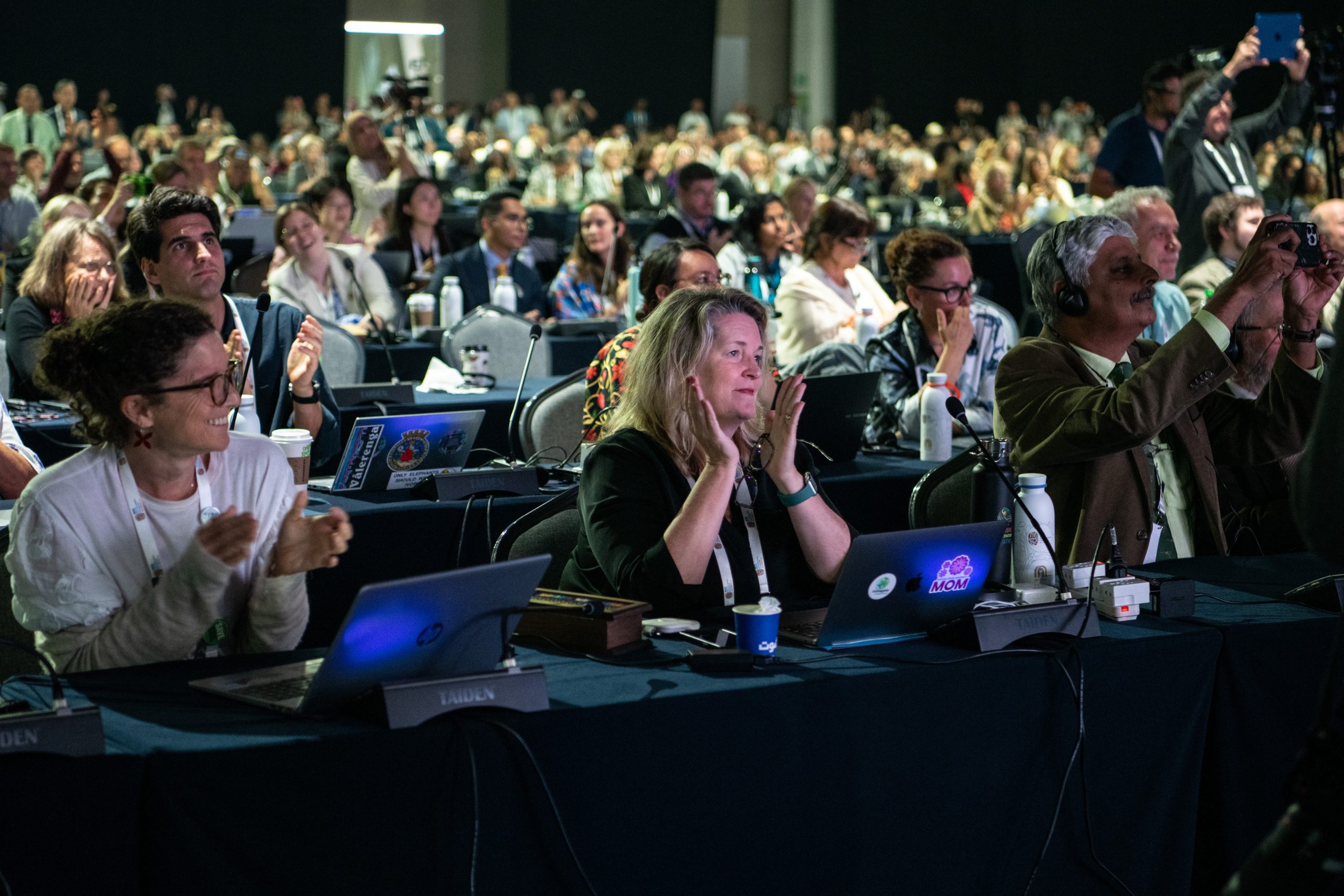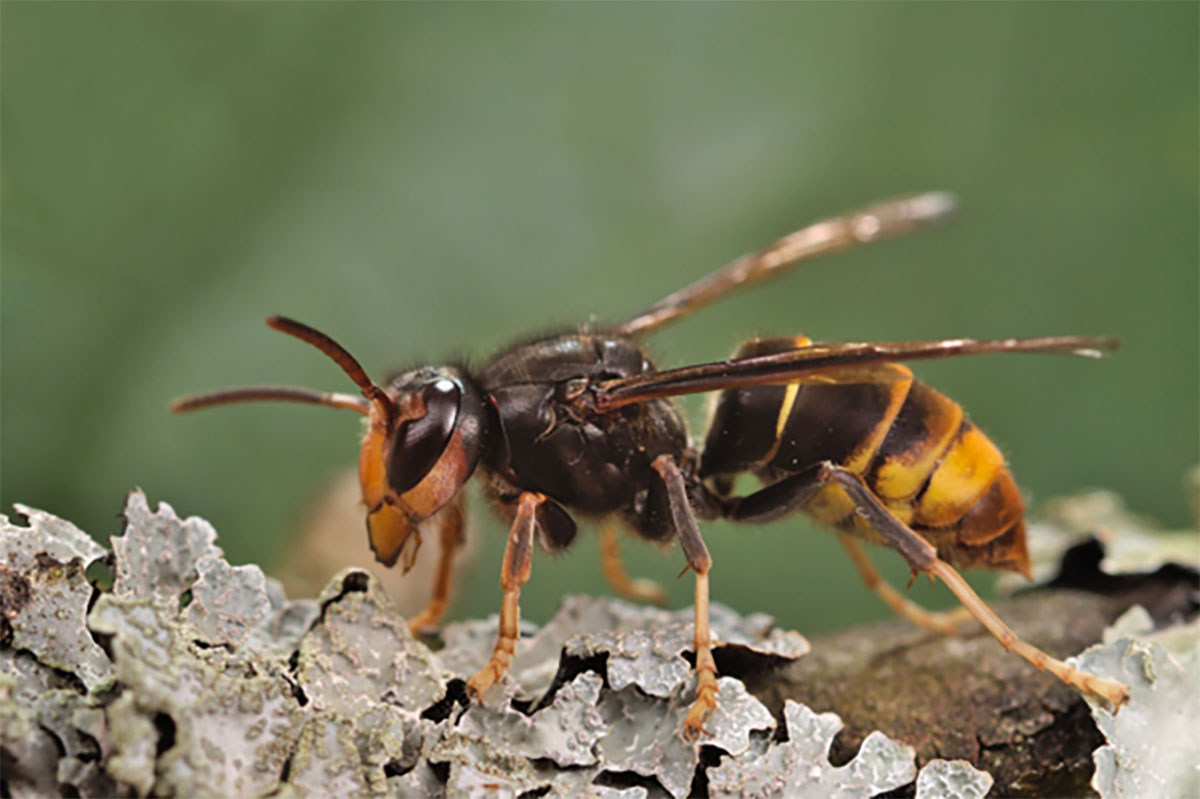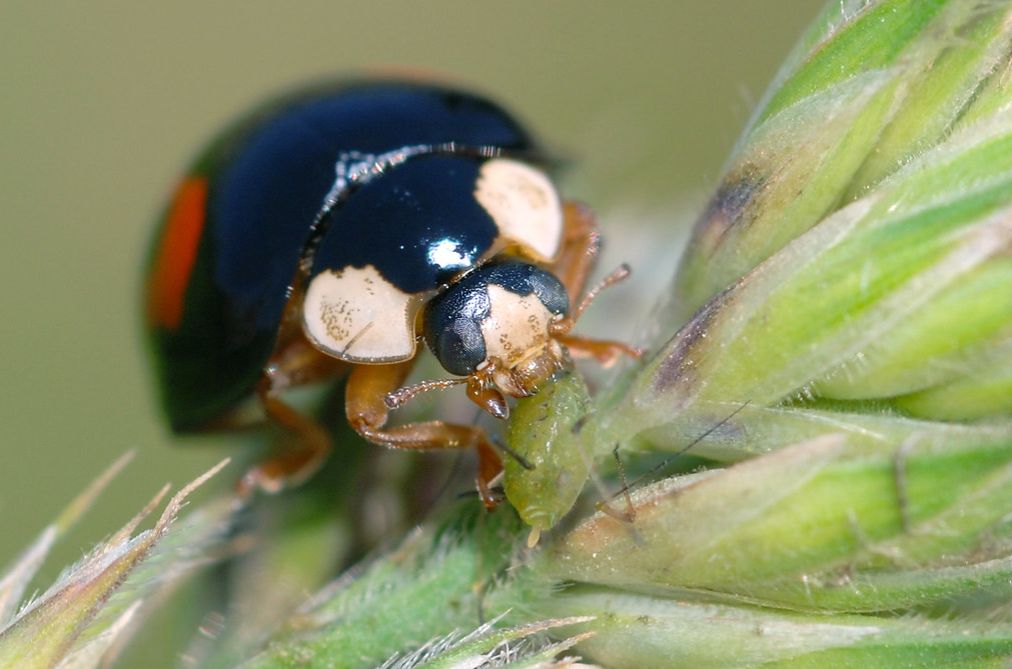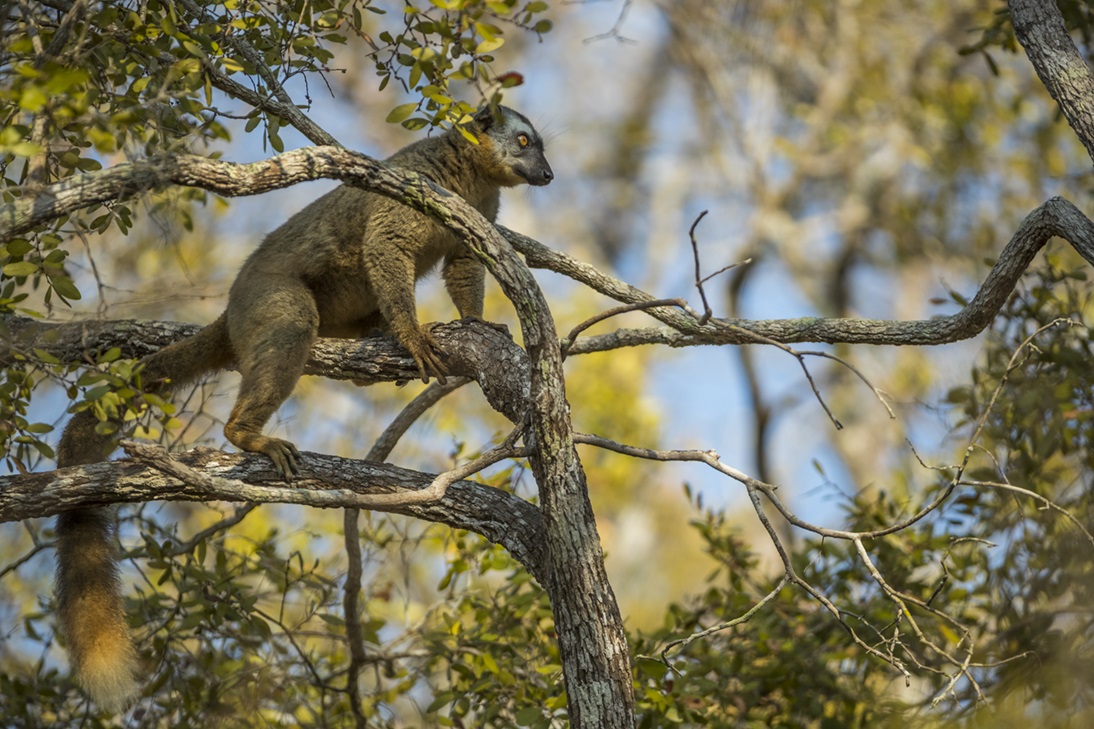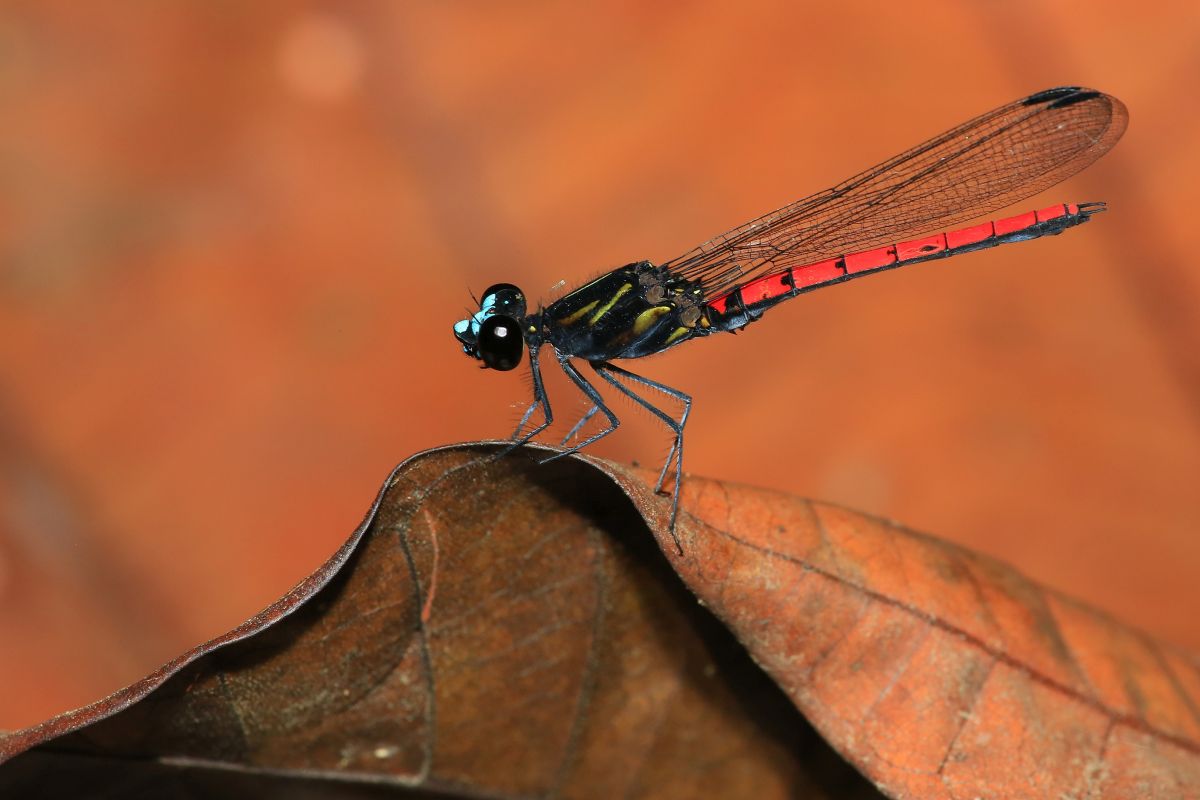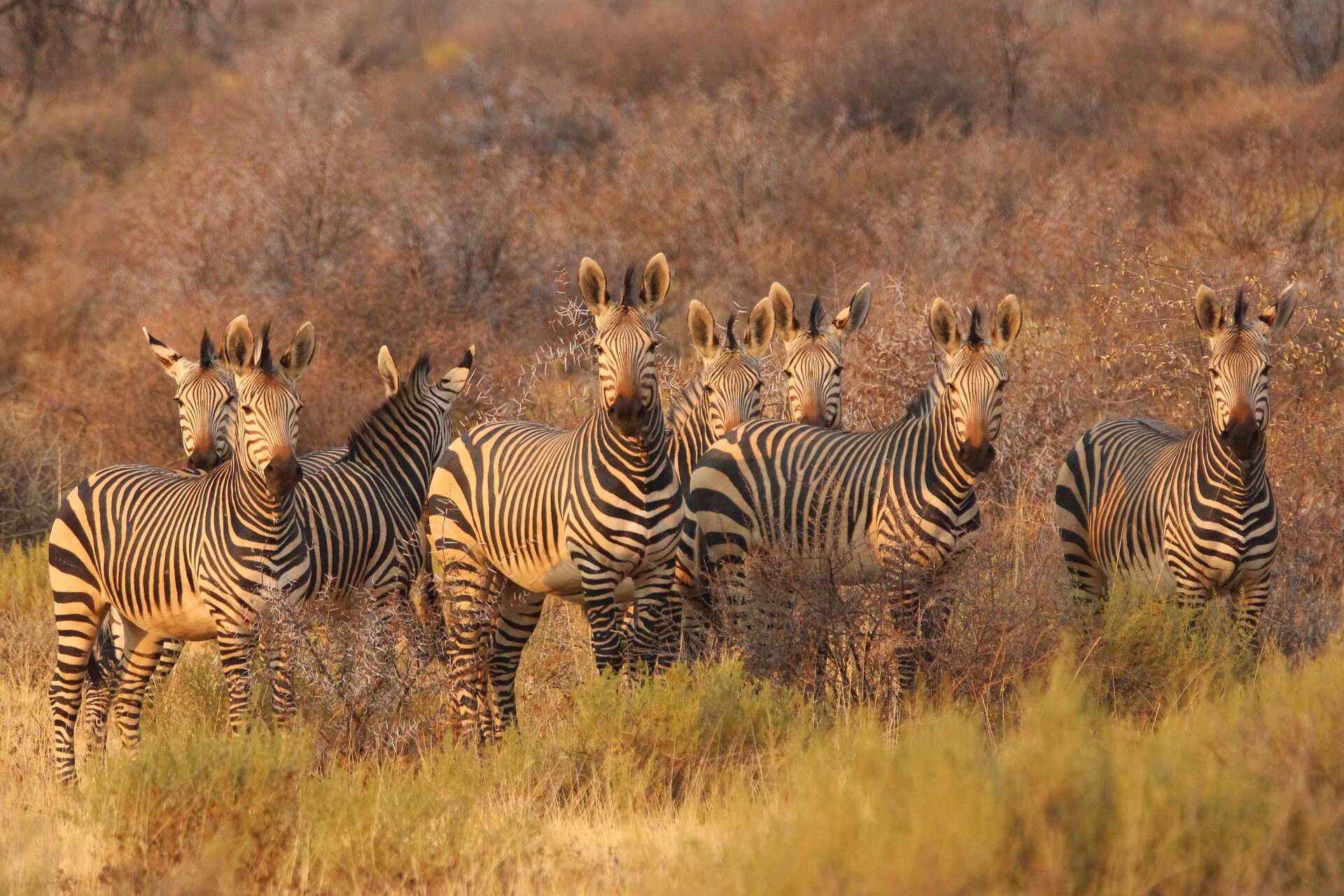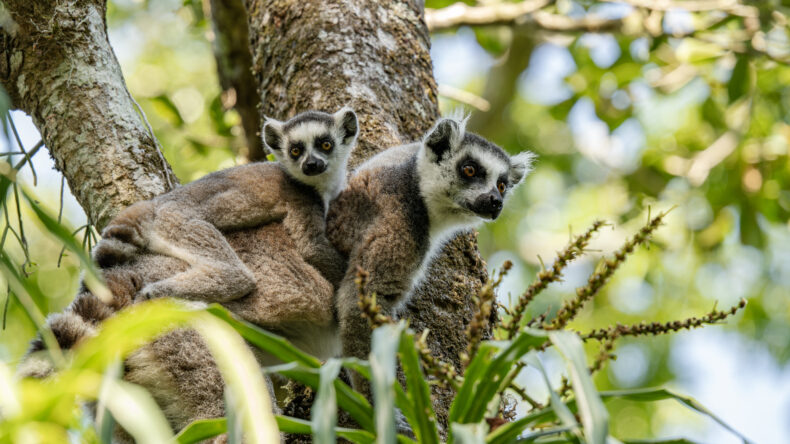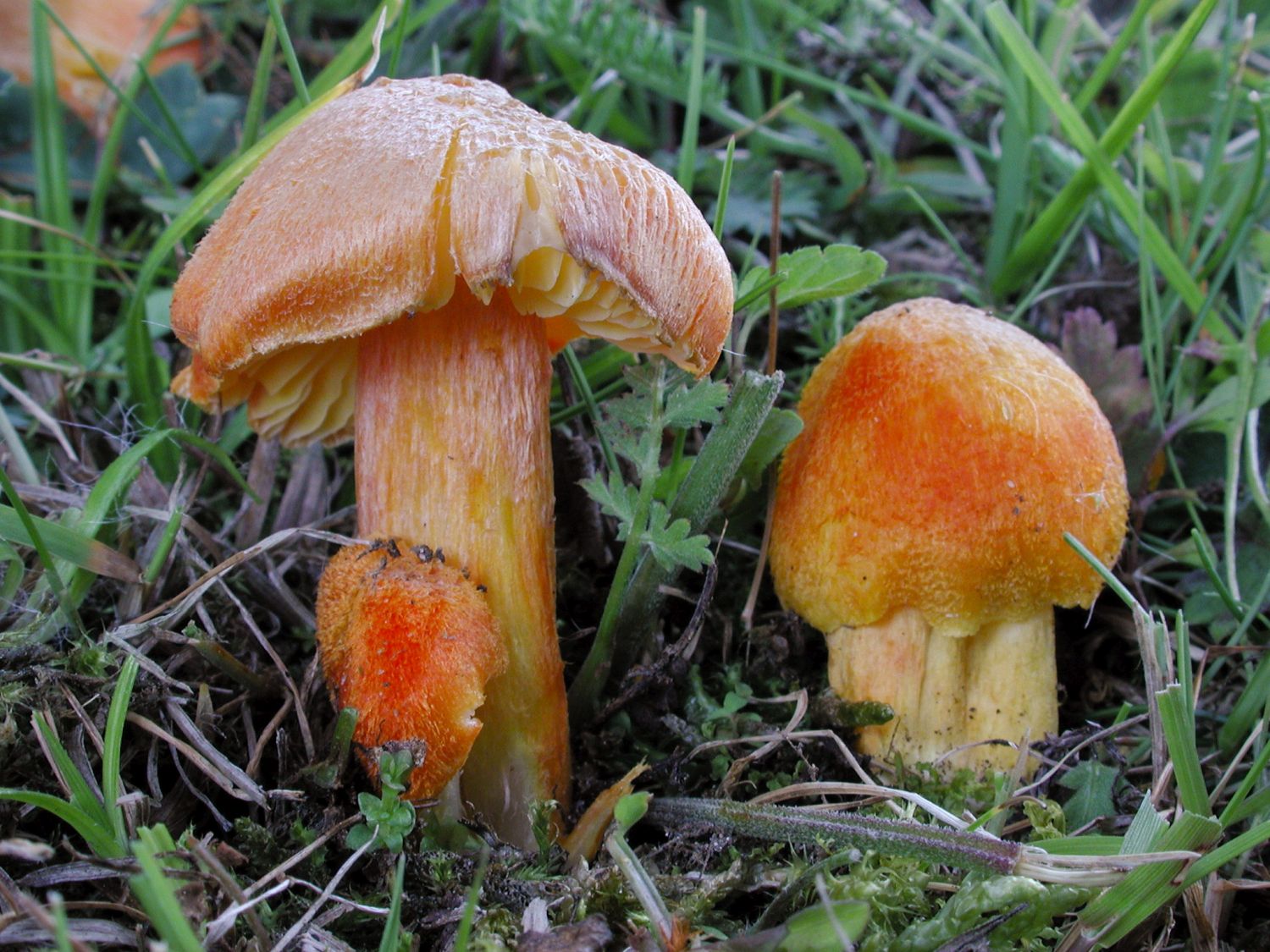Gland, Switzerland, 7 May 2024 (IUCN) – A new report from the IUCN Oil Crops Taskforce, released today, assesses the future environmental, economic and social impact of the production, trade and the consumption of vegetable oils. The Task Force was established by the IUCN Secretariat, the IUCN Species Survival Commission, the IUCN Commission on Ecosystem Management and the IUCN Commission on Environmental, Economic and Social Policy, as a result of Resolution 61 adopted at the IUCN World Conservation Congress 2016.
Better production practices key to minimising impact of vegetable oils – IUCN report



